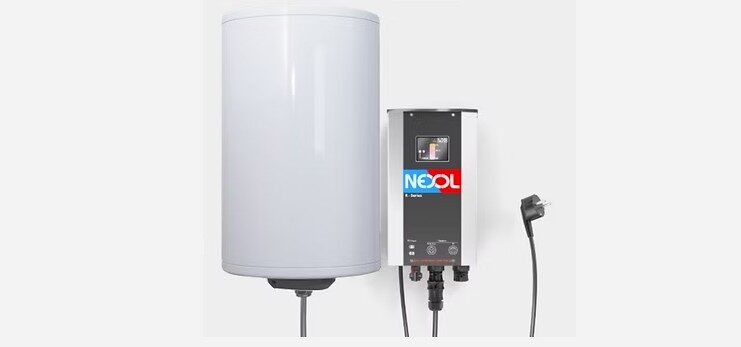An international research team has used an inkjet-printing process to fabricate formamidinium tin-lead (Sn-Pb) perovskite thin films for applications in perovskite solar cell manufacturing.
“This work represents a significant advancement in the development of lead-reduced, eco-friendly perovskite solar cells through inkjet-printing technology. Our team led by Prof. Eva Unger has focused on optimizing the inkjet-printing process to ensure precise film deposition and enhance device performance,” first author Ayush Tara, told pv magazine. “The study opens up new avenues for eco-conscious, scalable, and efficient solar energy solutions.”
The team chose inkjet-printing for the combinatorial mixed formamidinium tin-lead (Sn-Pb) film due to its “flexibility in design” and ability to “precisely adjust the crystallization properties of organohalogen perovskite layers,” in addition to a high degree of control. It is also considered to be a high-throughput manufacturing methodology as opposed to spin coating, which has enabled high-performing lab-sized devices but lacks the scaling potential.
The researchers prepared a filtered precursor perovskite ink solution before filling the Pixdro LP50 inkjet printhead in a tool supplied by Germany-based Süss Microtec. It was a Spectra SE128 printhead with 30 pL droplet size. They explained that the ink is held at an ink-head temperature of 60 C, and the printing is done with a printhead voltage of 80 V and a jetting frequency of 100 Hz, which is applied on a mobile substrate. “The best results are obtained at printing resolution of 500 dpi, quality factor 4, print speed of 100 mm/s, and drop velocity of 4m/s,” they said.
After printing, the substrates were treated with gas-flow-assisted vacuum drying, followed by thermal annealing at 100 C for 10 min. Test results showed that “incorporating Pb up to 50% into FASnI3 films enhances lattice stability.” The best-performing composition was a solar cell with an active area of 0.16 cm2, a power conversion efficiency of 10.26%, and an energy bandgap of 1.25 eV bandgap.
The team added that based on its knowledge, the performance represents the highest reported efficiency for mixed Sn-Pb-based perovskite solar cells produced through inkjet printing to date. “Additionally, these cells exhibited an absorption spectrum extending beyond 1000 nm, corresponding to a 1.25 eV bandgap,” noted the scientists, highlighting its suitability as a candidate for the narrow bandgap subcell of all-perovskite tandem solar cells. “The results suggest that inkjet printing can effectively enhance the efficiency of tin–lead-based PSCs, supporting scalability in device manufacturing,” they concluded.
The study provides a basis for further research. “The next target is to develop large-area inkjet printed tin-lead perovskite solar cells and finally to integrate them as bottom cells in all-perovskite tandem solar cells,” said Tara.
Details of the research work are published in “Inkjet-Printed FASn₁–ₓPbₓI₃-Based Perovskite Solar Cells,” in the journal ACS Applied Materials and Interfaces. The team included researchers from German research institute Helmholtz-Berlin, the Indian Institute of Technology Bombay and University of Jammu India.
This content is protected by copyright and may not be reused. If you want to cooperate with us and would like to reuse some of our content, please contact: editors@pv-magazine.com.



By submitting this form you agree to pv magazine using your data for the purposes of publishing your comment.
Your personal data will only be disclosed or otherwise transmitted to third parties for the purposes of spam filtering or if this is necessary for technical maintenance of the website. Any other transfer to third parties will not take place unless this is justified on the basis of applicable data protection regulations or if pv magazine is legally obliged to do so.
You may revoke this consent at any time with effect for the future, in which case your personal data will be deleted immediately. Otherwise, your data will be deleted if pv magazine has processed your request or the purpose of data storage is fulfilled.
Further information on data privacy can be found in our Data Protection Policy.